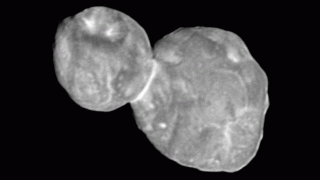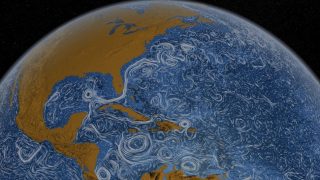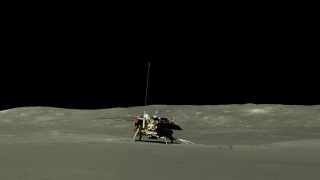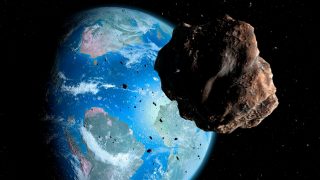
MI weekly selection #368
GPS measurements help map Himalayas’ quake risk Scientists who studied measurements from GPS stations say they’ve identified four parts of the Himalayas that could be shaken by major earthquakes with magnitudes greater than 8.5. Researchers examined fault-locking levels in the Himalayan arc by comparing the Indian and Eurasian plates’ convergence rates with their relative velocities […]








